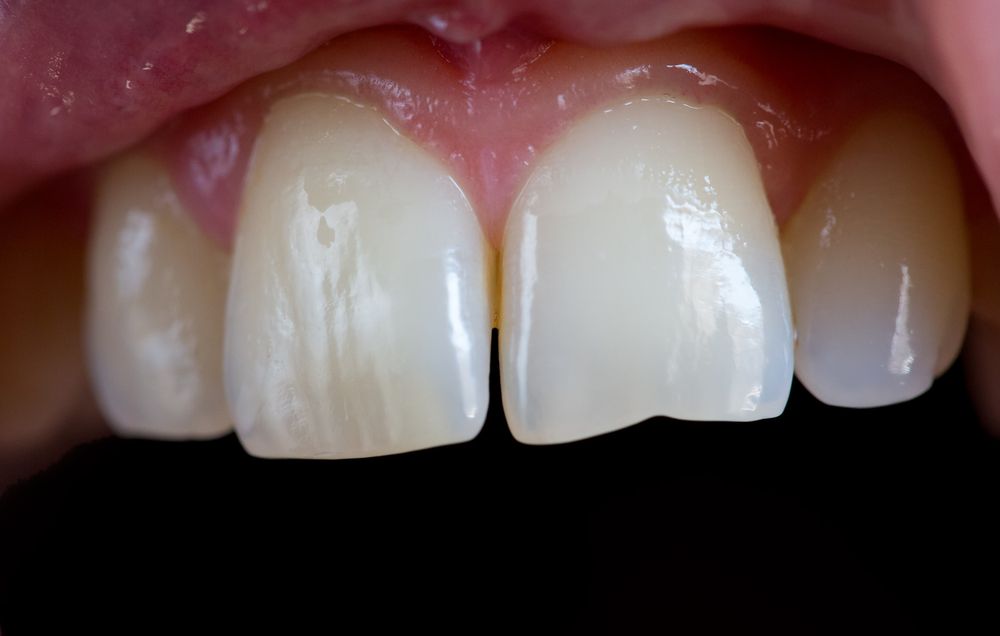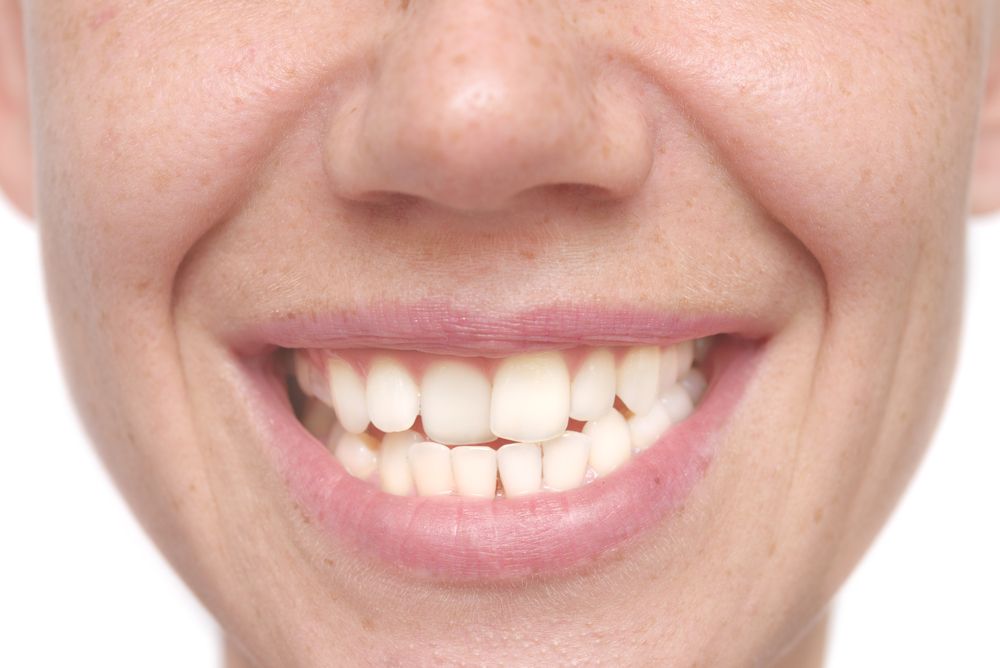Spooky Facts About Teeth from a Orthodontist in Tomball, TX
Teeth have a surprisingly eerie side to them. From ancient superstitions to bizarre dental practices, teeth have played a role in the world of the macabre for centuries. Our orthodontist in Tomball, TX, is here to give you the spooky facts!
Nothing’s scarier than poor oral health. Luckily, a visit to our orthodontist in Tomball, TX, can keep the cavity creeps and gum disease ghouls away. Schedule your appointment with Dr. Wint Tun at Harmony Orthodontics today by calling (832) 699-3683 now!
Ready to have shivers sent down your spine? In this blog, we’re going to delve into some of the spookiest facts about teeth.
Tooth Fairies and Superstitions
The Tooth Fairy, a beloved childhood figure who exchanges lost baby teeth for money, might seem charming, but the legend has some eerie origins.
In medieval Europe, many people believed that witches could gain power over someone by possessing a piece of their body, such as a tooth. To keep their children safe, parents would bury their children’s teeth to prevent witches from using them in dark rituals.
The Curse of the Werewolf
In various cultures across the globe, it was believed that if a person were to be bitten by a werewolf, they would transform into one themselves during the full moon. This transformation often included the sprouting of sharp, wolf-like teeth.
Vampires and Fangs
Vampires have long been associated with teeth, specifically fangs. In vampire lore, these supernatural creatures use their sharp fangs to pierce the necks of their victims and drink their blood. This gruesome image of vampire teeth has haunted countless nightmares and fueled the popularity of vampire tales in literature and cinema.
Dental Torture Devices
Dental care has come a long way over the centuries, but some historical dental practices were nothing short of torture. In the 18th century, for instance, a device known as “dental pelican” was used to extract teeth. It resembled a pair of pliers and was used to yank out teeth, often causing excruciating pain and sometimes leading to infection or even death.
Teeth in Witchcraft
Teeth have played a role in various witchcraft practices throughout history. In some traditions, people considered teeth to be powerful talismans and were used in spells and rituals.
Teeth as Amulets
In many cultures, teeth were worn as protective amulets or charms. For example, shark teeth were believed to protect against evil spirits in some Polynesian cultures, while crocodile teeth were used similarly in African and Aboriginal Australian traditions.
Dental Grave Robbers
During the 18th and 19th centuries, a gruesome trade emerged known as “grave robbing for teeth.” Dental students and practitioners would steal teeth from corpses, often exhumed from cemeteries, to use in their dental work.
No Tricks, All Treats with Our Orthodontist in Tomball, TX
Don’t let these spooky facts keep you from visiting our orthodontist in Tomball, TX. Dr. Wint Tun uses modern techniques to deliver scary-good results without the pain and anxiety. Contact Harmony Orthodontics online, or give our spritely spirits a call at (832) 699-3683!








